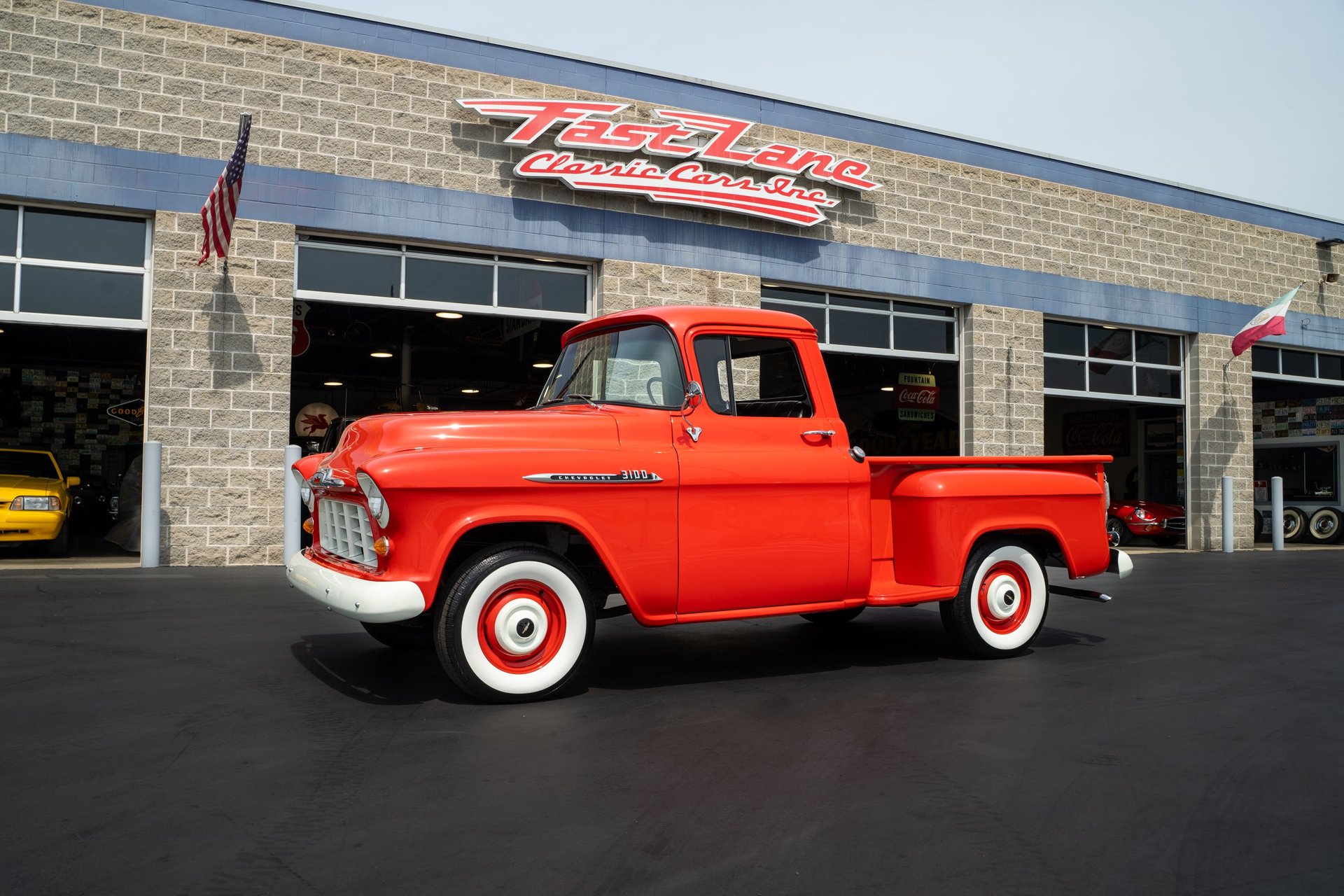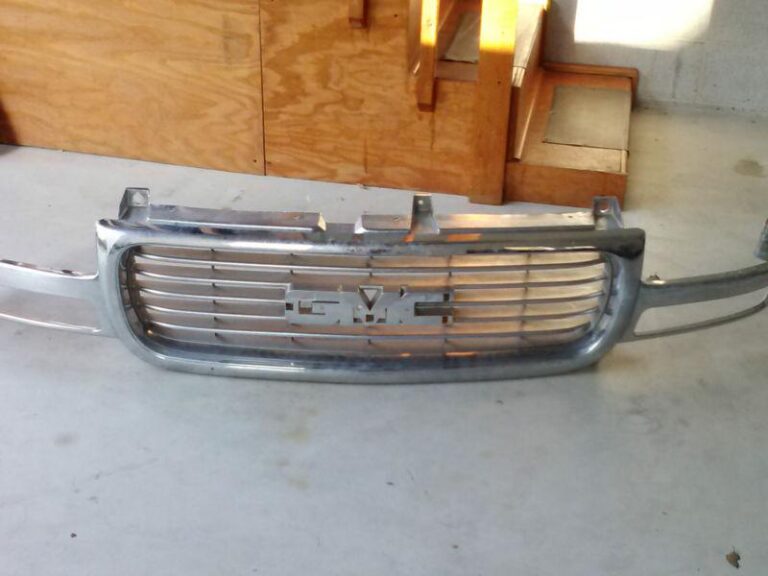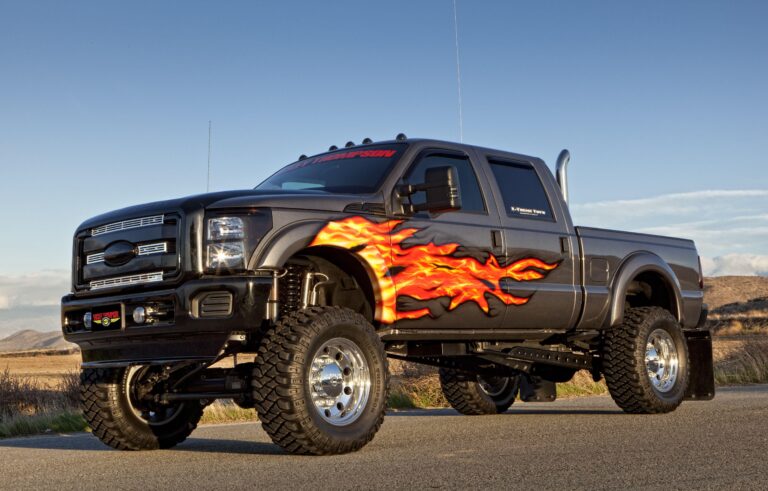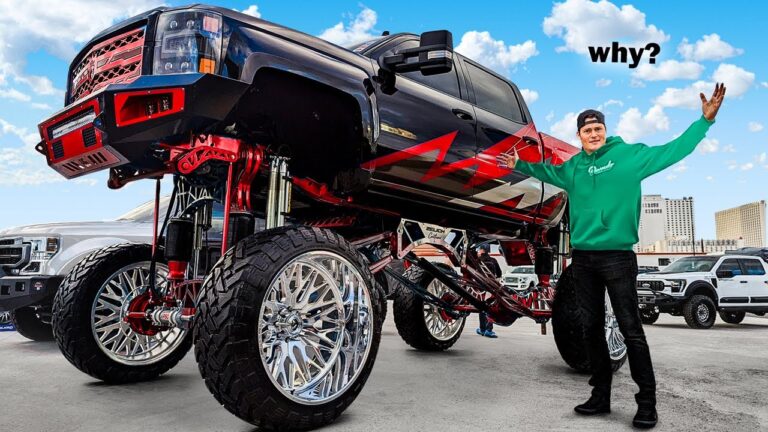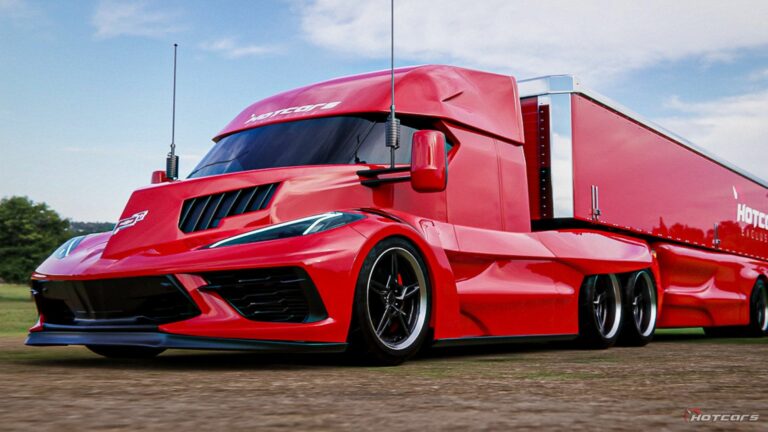1956 Chevy Trucks For Sale: Your Definitive Guide to Acquiring an American Icon
1956 Chevy Trucks For Sale: Your Definitive Guide to Acquiring an American Icon cars.truckstrend.com
The year 1956 holds a special place in automotive history, particularly for truck enthusiasts. Nestled within Chevrolet’s revolutionary "Task Force" generation (1955-1959), the 1956 Chevy truck stands out as a pinnacle of mid-century design, rugged utility, and enduring charm. For many, the desire to own a 1956 Chevy truck for sale isn’t just about acquiring a vehicle; it’s about owning a piece of American heritage, a testament to an era when design and function blended seamlessly.
These trucks, with their distinctive wrap-around windshields, prominent grilles, and robust build, symbolize a golden age of American motoring. Whether you’re a seasoned collector, a budding restorer, or simply someone who appreciates classic lines and a unique driving experience, finding a 1956 Chevy truck for sale can be an exciting, yet challenging, endeavor. This comprehensive guide aims to equip you with the knowledge and insights needed to navigate the market and make an informed purchase, ensuring your journey to owning one of these timeless machines is both successful and rewarding.
1956 Chevy Trucks For Sale: Your Definitive Guide to Acquiring an American Icon
Why Choose a 1956 Chevy Truck? The Allure of a Classic
The appeal of a 1956 Chevy truck for sale extends far beyond its utilitarian roots. Several factors contribute to its enduring popularity:
- Iconic Design and Aesthetics: The 1956 model year saw the Task Force trucks mature into their most beloved form. The broad, aggressive grille, the panoramic "wrap-around" windshield (a first for trucks), and the sleek, yet muscular, fender lines create a truly distinctive silhouette. It’s a design that turns heads and evokes nostalgia, embodying the optimistic spirit of the 1950s.
- Historical Significance: As part of the Task Force generation, the 1956 Chevy truck was at the forefront of a design revolution for pickups, moving them away from purely agricultural tools towards more comfortable, stylish, and versatile vehicles. Owning one means holding a tangible piece of this pivotal automotive evolution.
- Versatility for Customization: A 1956 Chevy truck offers an incredible canvas for personalization. From meticulous frame-off restorations to period-correct specifications to modern restomods with updated powertrains (like LS swaps), disc brakes, and air conditioning, these trucks can be tailored to fit almost any vision or driving need.
- Strong Community and Parts Availability: The popularity of these trucks has fostered a vibrant enthusiast community. This means a wealth of knowledge, advice, and readily available parts – both original and high-quality reproduction – making ownership and restoration projects significantly more manageable than for many other classics.
- Investment Potential: While not guaranteed, well-maintained, correctly restored, or tastefully modified 1956 Chevy trucks tend to hold their value, and in many cases, appreciate over time. They are a tangible asset that can also provide immense enjoyment.

Key Models and Body Styles of 1956 Chevy Trucks
When searching for a 1956 Chevy truck for sale, you’ll encounter various body styles and series, each catering to different needs and often commanding different values:
- 3100 Series (Half-Ton Pickup): This is by far the most common and sought-after variant. Available with a short bed (114-inch wheelbase) or long bed (123-inch wheelbase), the 3100 is the quintessential classic pickup truck.
- 3200 Series (3/4-Ton Pickup): Offering increased payload capacity, the 3200 series typically features a long bed and heavier-duty suspension components. While less common than the 3100, they are still popular for those seeking a more robust classic.
- 3600 Series (1-Ton Pickup): These heavy-duty trucks were built for serious work, often featuring dually rear wheels and larger capacities. They are less frequently seen on the classic market but offer a unique, rugged appeal.
- Suburban Carryall: The ancestor of today’s SUVs, the 1956 Suburban was a versatile enclosed vehicle capable of seating multiple passengers or hauling significant cargo. These are highly desirable and often command premium prices, especially in good condition.
- Panel Truck: Similar to the Suburban but without rear windows, the Panel truck was designed for commercial use, offering a large, enclosed cargo area. They make excellent platforms for custom builds or unique mobile businesses.
- Cameo Carrier: The rarest and most premium of the 1956 lineup, the Cameo Carrier was Chevrolet’s attempt at a "gentleman’s pickup." It featured smooth, car-like fiberglass bedsides, chrome trim, and often a more upscale interior. Cameos are highly coveted by collectors and command the highest prices among the 1956 Chevy truck family.
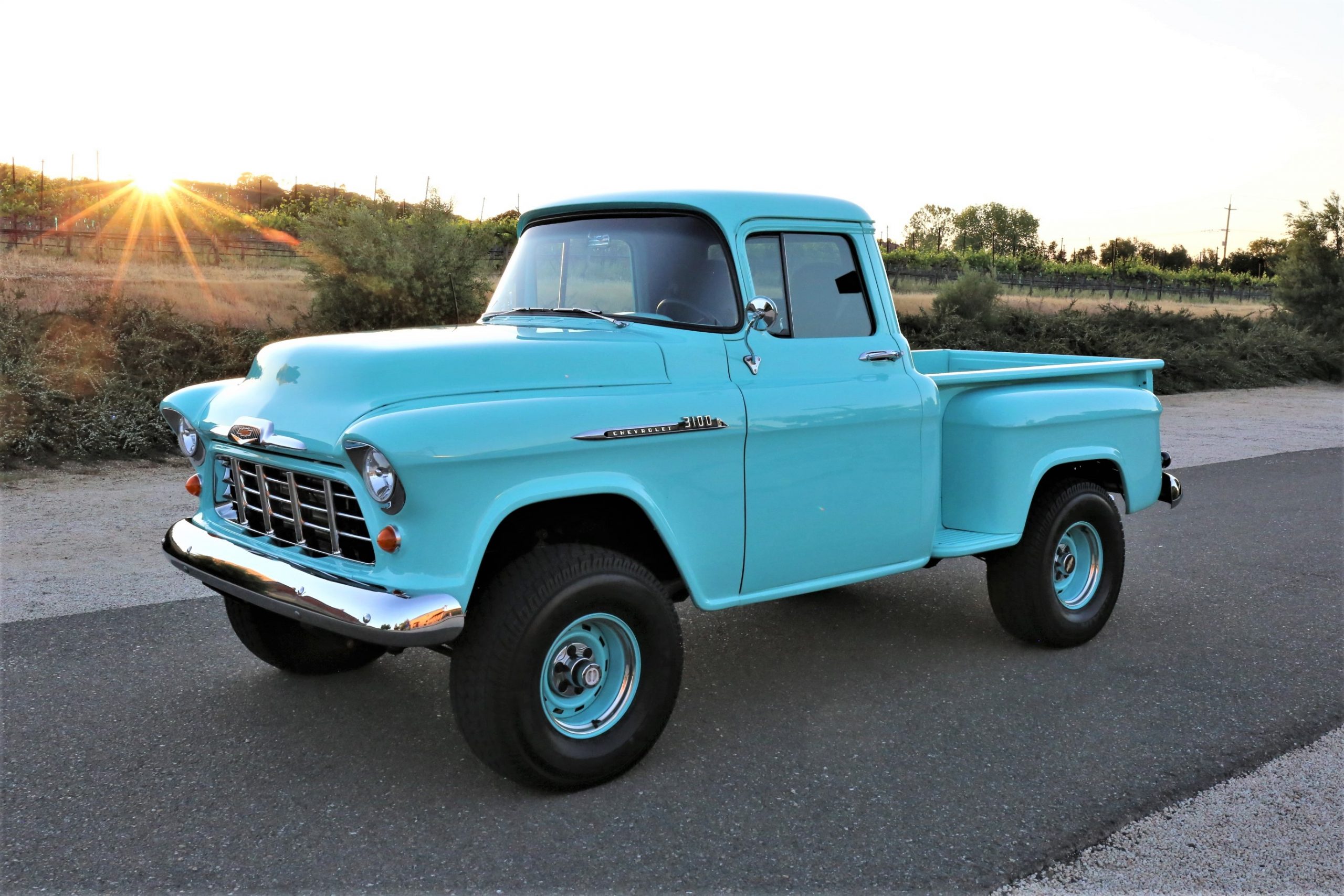
Standard engine options included the reliable "Thriftmaster" 235 cubic-inch inline-six and the more powerful "Taskmaster" 265 cubic-inch V8, which was new for the Task Force series.
What to Look For: A Buyer’s Checklist for 1956 Chevy Trucks
Before investing in a 1956 Chevy truck for sale, a thorough inspection is paramount. Here’s what to prioritize:
- Rust, Rust, Rust: This is the biggest enemy of vintage vehicles. Pay close attention to:
- Cab: Cab corners, rocker panels, floor pans, firewall, and cowl.
- Fenders: Lower sections, inner fender wells.
- Bed: Floor, bed sides, stake pockets, inner wheel wells.
- Frame: Inspect for any cracks, heavy pitting, or previous repair attempts. A rusty frame can be a deal-breaker.
- Engine and Drivetrain:
- Originality vs. Swaps: Decide if you want a numbers-matching original or a modern engine swap (e.g., LS, small-block Chevy).
- Condition: Look for leaks, listen for unusual noises, check fluid levels. A non-running truck will require significant investment.
- Transmission: Manuals (3-speed or 4-speed) were common. Check for smooth shifting and proper clutch engagement.
- Suspension and Steering: Inspect for worn bushings, ball joints, kingpins (on original setups), and excessive play in the steering wheel. Many trucks will have upgraded independent front suspensions (IFS) for better ride and handling.
- Brakes: Original drum brakes are adequate but can fade. Many owners upgrade to disc brakes for safety. Check brake lines, master cylinder, and pedal feel.
- Electrical System: Original 6-volt systems can be temperamental. Many trucks have been converted to 12-volt, which is more reliable and allows for modern accessories. Check lights, gauges, and wiring integrity.
- Interior: Assess the condition of the seat, dashboard, gauges, steering wheel, door panels, and headliner. These are often easier to repair/replace than major body rust.
- Documentation: A clear title is essential. Any service records, restoration photos, or historical documents add value and provide peace of mind.
Understanding Condition and Value: From Barn Find to Show Stopper
The price of a 1956 Chevy truck for sale varies wildly depending on its condition, rarity, and the quality of any restoration or customization. Here’s a general breakdown:
- Project/Parts Truck: These are often non-running, incomplete, or have significant rust issues requiring extensive bodywork. They are ideal for experienced restorers or those seeking parts for another project.
- Driver Quality: These trucks are running and drivable but will have cosmetic flaws, minor rust, or mechanical issues that need attention. They are perfect for someone who wants to enjoy a classic immediately while slowly improving it.
- Restored/Modified Driver: These trucks have undergone some level of restoration or significant modification (e.g., engine swap, suspension upgrade, new paint). They are solid, reliable, and presentable, suitable for regular cruising or local shows.
- Show Quality/Concours: These are meticulously restored to original specifications or are high-end custom builds with flawless paint, chrome, and interiors. They are typically trailered to shows and represent the pinnacle of the market.
Factors that significantly affect value include:
- Model Rarity: A Cameo Carrier will always be worth more than a standard 3100 pickup in comparable condition.
- Originality vs. Modification: For purists, an original, numbers-matching truck in excellent condition is highly prized. For others, a well-executed restomod that combines classic looks with modern performance is more valuable.
- Quality of Work: A poorly done "restoration" can significantly devalue a truck.
- Engine/Transmission: A desirable V8 or a modern swap can increase value.
- Options: Factory options like radio, heater, or specific wheel choices can add appeal.
The Purchase Process: Tips for Buying a 1956 Chevy Truck
- Research Thoroughly: Understand the different models, common issues, and realistic market values before you start looking.
- Set a Realistic Budget: This isn’t just the purchase price. Factor in transportation, immediate repairs, insurance, and potential future upgrades.
- Where to Look:
- Online Marketplaces: eBay Motors, Hemmings, ClassicCars.com, Bring a Trailer, Facebook Marketplace.
- Specialty Dealers: Reputable classic car dealerships often have inspected vehicles.
- Auctions: Live and online auctions (Mecum, Barrett-Jackson) offer high-end vehicles but often come with buyer premiums.
- Forums and Clubs: Classic Chevy truck forums and clubs are excellent places to find trucks for sale by enthusiasts.
- Inspect in Person (or Hire an Expert): Never buy sight unseen if possible. If you can’t inspect it yourself, hire a reputable pre-purchase inspection service specializing in classic cars.
- Negotiate Wisely: Be prepared to negotiate based on your inspection findings. Don’t be afraid to walk away if something feels off.
- Verify Documentation: Ensure the seller has a clear, transferable title. Get a bill of sale.
- Plan Transportation: Many classic trucks won’t be ready for a cross-country drive. Arrange for enclosed transport if needed.
Ownership and Maintenance: Keeping Your Classic on the Road
Owning a 1956 Chevy truck is a rewarding experience, but it does require some commitment to maintenance.
- Parts Availability: Thankfully, due to their popularity, parts for 1956 Chevy trucks are widely available. Numerous aftermarket companies specialize in reproduction body panels, trim, interior components, and mechanical parts.
- Common Upgrades: Many owners opt for upgrades to improve safety and drivability:
- Disc Brake Conversion: A significant safety upgrade.
- Power Steering: Makes parking and low-speed maneuvering much easier.
- Modern Engine/Transmission Swaps: For reliability, power, and fuel economy.
- 12-Volt Conversion: If still 6-volt, for brighter lights and modern accessories.
- Independent Front Suspension (IFS): Improves ride quality and handling dramatically.
- Regular Maintenance: Like any vehicle, classics need regular fluid changes, lubrication, and general upkeep. Store your truck properly (ideally indoors) and use a battery tender if it sits for extended periods.
- Community Resources: Joining a classic Chevy truck club or online forum is invaluable. You’ll gain access to a wealth of knowledge, technical advice, and a network of fellow enthusiasts.
Price Table: Estimated Values for 1956 Chevy Trucks
Please note that these are estimated ranges and can fluctuate based on specific features, engine, location, and market demand. The Cameo Carrier, being the rarest, commands significantly higher prices.
| Condition Category | 3100 Pickup (Half-Ton) | Suburban Carryall | Cameo Carrier | Panel Truck |
|---|---|---|---|---|
| Project/Parts | $5,000 – $15,000 | $8,000 – $20,000 | $15,000 – $30,000 | $7,000 – $18,000 |
| Driver Quality | $18,000 – $35,000 | $25,000 – $50,000 | $40,000 – $70,000 | $20,000 – $45,000 |
| Restored Driver | $35,000 – $60,000 | $50,000 – $80,000 | $70,000 – $120,000+ | $45,000 – $75,000 |
| Show Quality | $60,000 – $100,000+ | $80,000 – $150,000+ | $120,000 – $250,000+ | $75,000 – $120,000+ |
Frequently Asked Questions (FAQ) About 1956 Chevy Trucks For Sale
Q: Are 1956 Chevy trucks reliable for daily driving?
A: An original 1956 Chevy truck can be a fun occasional driver, but for daily reliability and modern traffic, significant upgrades (like disc brakes, power steering, and a modern engine/transmission) are highly recommended.
Q: What’s the difference between a 3100 and a 3600?
A: The numbers refer to the truck’s load capacity. A 3100 is a half-ton, a 3600 is a one-ton. The 3600 will have heavier duty suspension, frame, and often a longer wheelbase and dually rear wheels.
Q: Is it hard to find parts for a 1956 Chevy truck?
A: No, it’s surprisingly easy! Due to their popularity, numerous aftermarket companies produce reproduction parts for almost every component, from body panels to interior trim to mechanicals.
Q: What is a Cameo Carrier?
A: The Cameo Carrier was a premium, limited-production version of the 3100 pickup featuring unique fiberglass bedsides that blended seamlessly with the cab, giving it a more car-like, stylish appearance. They are rare and highly sought after.
Q: Should I buy an original truck or one that’s already been modified?
A: This depends on your goals. If you’re a purist or looking for a potential investment, an original, numbers-matching truck is preferable. If you want a more comfortable, reliable, and powerful driving experience without the hassle of doing the upgrades yourself, a well-executed modified truck (restomod) might be a better choice.
Q: What are the most common rust areas on these trucks?
A: The most common areas for rust are the cab corners, floor pans, rocker panels, lower sections of the fenders, bed floor, and around the cowl/windshield. Always inspect the frame thoroughly as well.
Conclusion: Your Journey to Owning a 1956 Chevy Truck
The pursuit of a 1956 Chevy truck for sale is more than just a transaction; it’s the beginning of a passion project, a dive into automotive history, and an entry into a welcoming community of enthusiasts. These trucks offer a unique blend of classic style, rugged charm, and the satisfaction of owning a piece of American ingenuity.
By understanding the different models, knowing what to look for during inspection, setting a realistic budget, and utilizing the vast resources available, you can confidently navigate the market. Whether you dream of a perfectly restored showpiece, a reliable weekend cruiser, or a powerful custom build, the iconic 1956 Chevy truck is an excellent choice. Your journey to owning this timeless classic promises to be as rewarding as the destination itself.

